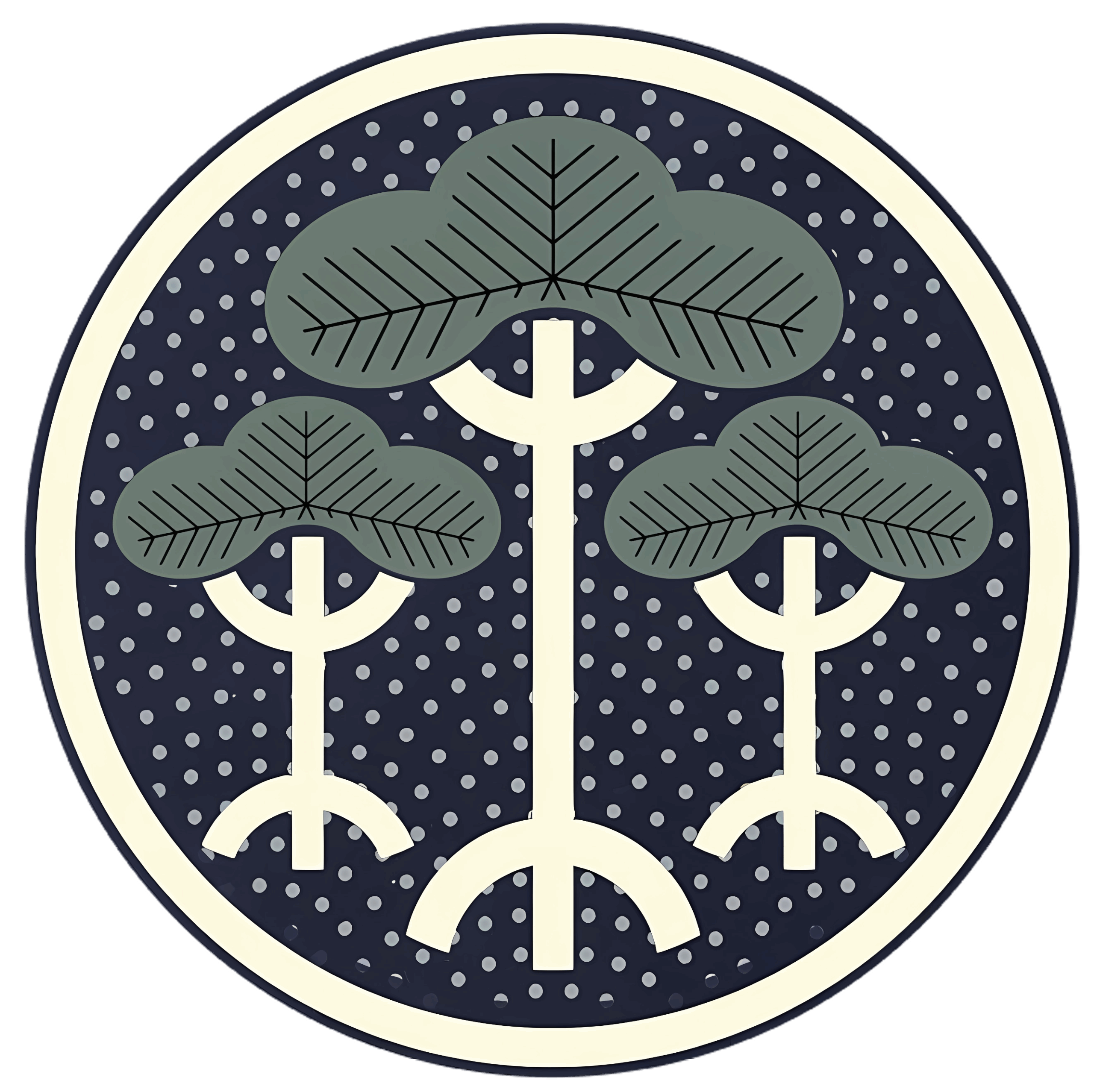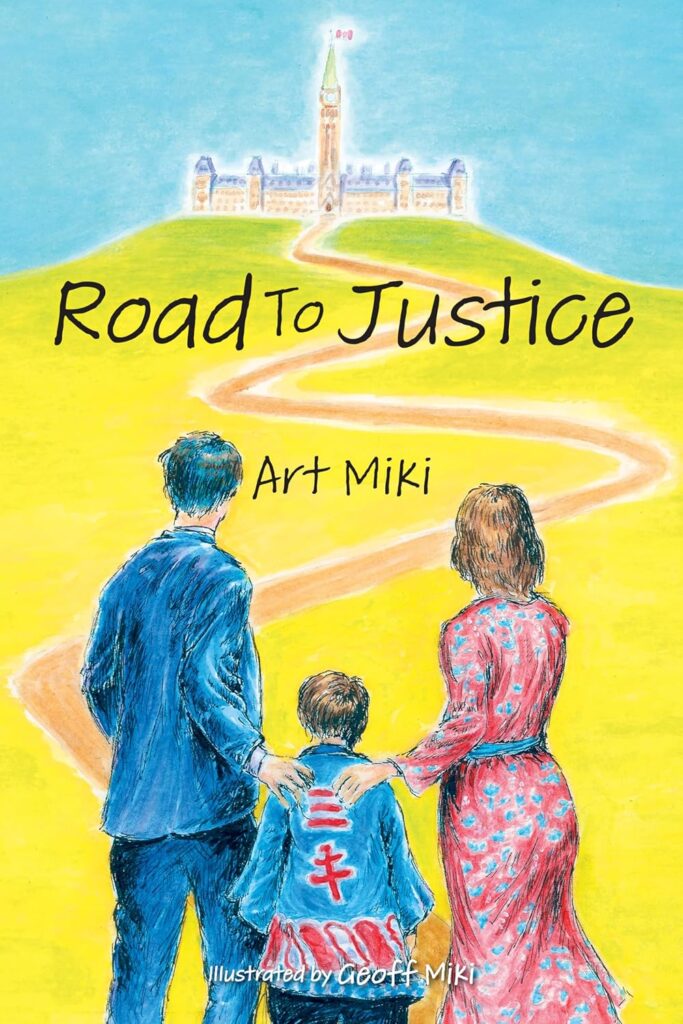Books & Publications
Explore Art Miki’s written work, including his own books and publications where he is featured or interviewed.
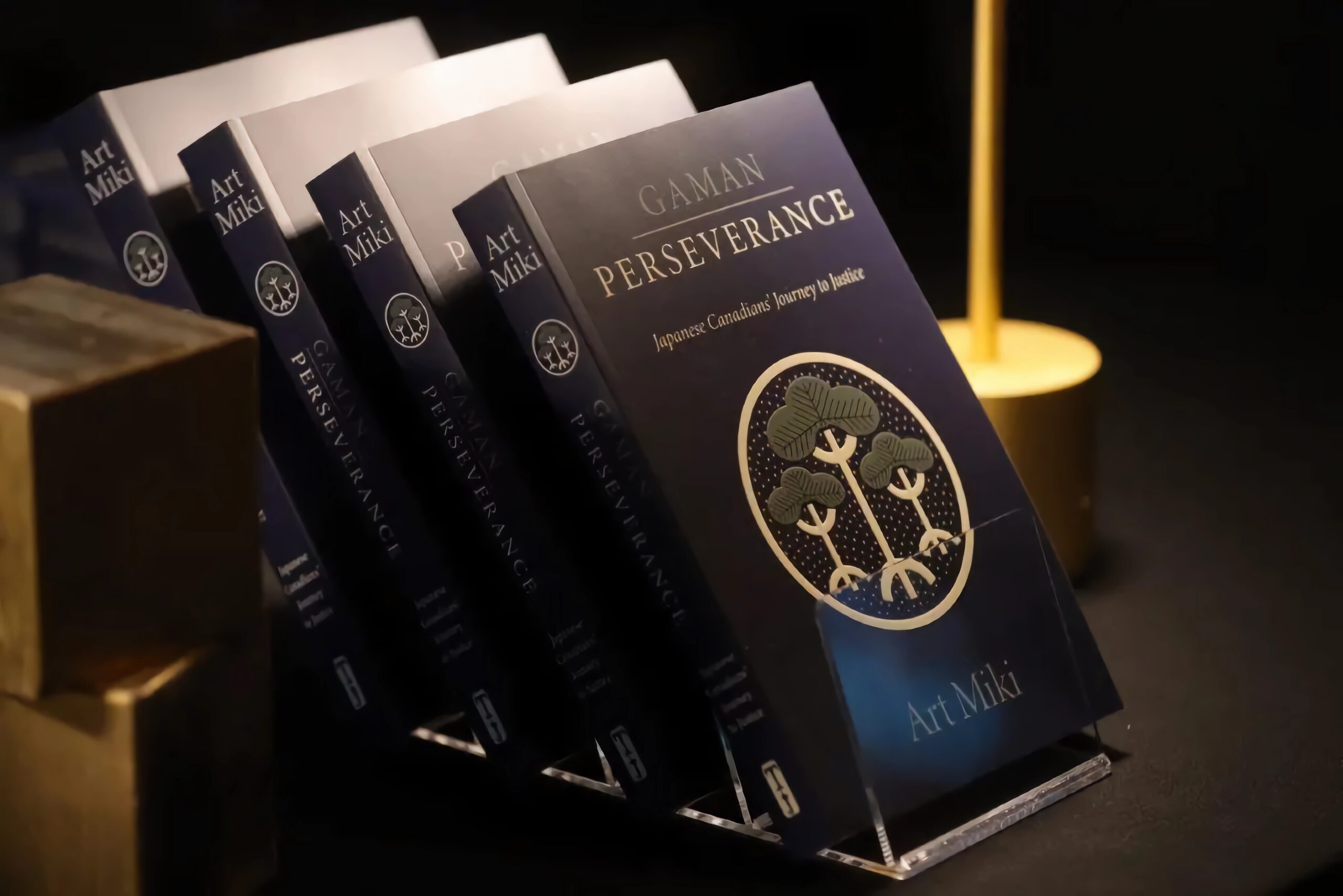
Written by Art Miki:
Winner of a 2025 Canada-Japan Literary Award
Gaman – Perseverance details the intense negotiations that took place in the 1980s between the Government of Canada and the NAJC – negotiations which finally resulted in the historic Japanese Canadian Redress Agreement of September 1988 and the acknowledgment by Prime Minister Brian Mulroney that Canada had wronged its own citizens.
by Art Miki
Art Miki was five years old in May 1942, when the Canadian government forced him and his family to leave their home in British Columbia because they were Japanese. As part of a special law that gave the government extra power during wartime, thousands of Japanese people in Canada were interned during the Second World War, which meant they lost their homes and had to work in camps, on farms, or wherever else the government made them go. Art and his family were sent to a sugar beet farm in Manitoba, where they continued to face racism from the government and other Canadians.
By Art Miki, Henry Kojima, & Sylvia Jansen
Among the stories of brave Japanese Canadians who helped shape us, is that of Yoshimaru Abe. A respected Winnipeg builder, artist, and gardener of our celebrated Japanese Gardens; Abe was an active citizen in his communities his whole life. To many Japanese Canadians across the country, he was fondly known as Abe-san.
The period between the signing of the Japanese Canadian Redress Agreement and the termination of the Japanese Canadian Redress Foundation has had a significant impact on the revitalization of Japanese Canadian communities across Canada. Although the scars of the internment, forced dispersal and violation of human rights remain, the Community Fund has contributed to the healing of the Japanese Canadian psyche.
Featuring Art Miki:
By Peter Andre Globensky & Beverly Anne Sabourin
Canadian Human Rights Champions recounts the inspiring stories of a select group of advocates who have fought to secure civil, social, and political rights for all Canadians. The book profiles thirty-eight remarkable individuals, delving into their motivations, the challenges they overcame, and the opportunities they seized, while underscoring the crucial importance of defending human rights. It reveals how these champions devoted themselves to an often arduous and challenging struggle, making lasting contributions to building a more just and equitable society in Canada.
by Jordan Stanger-Ross
In 1942, the Canadian government forced more than 21,000 Japanese Canadians from their homes in British Columbia. They were told to bring only one suitcase each and officials vowed to protect the rest. Instead, Japanese Canadians were dispossessed, all their belongings either stolen or sold.
By Rhonda L. Hinther (Editor) & Jim Mochoruk (Editor)
Civilian Internment in Canada initiates a conversation about not only internment, but also about the laws and procedures—past and present—which allow the state to disregard the basic civil liberties of some of its most vulnerable citizens. Exploring the connections, contrasts, and continuities across the broad range of civilian internments in Canada, this collection seeks to begin a conversation about the laws and procedures that allow the state to criminalize and deny the basic civil liberties of some of its most vulnerable citizens. It brings together multiple perspectives on the varied internment experiences of Canadians and others from the days of World War One to the present.
Gaman – Perseverance; Japanese Canadians’ Journey to Justice (2023)
by Art Miki
This revealing memoir by the former president of the National Association of Japanese Canadians describes the long journey towards resolution for the historic injustice that deprived Japanese Canadians of their basic human rights during and after World War II. Gaman – Perseverance details the intense negotiations that took place in the 1980s between the Government of Canada and the NAJC – negotiations which finally resulted in the historic Japanese Canadian Redress Agreement of September 1988 and the acknowledgment by Prime Minister Brian Mulroney that Canada had wronged its own citizens.
This revealing memoir by the former president of the National Association of Japanese Canadians describes the long journey towards resolution for the historic injustice that deprived Japanese Canadians of their basic human rights during and after World War II. Gaman – Perseverance details the intense negotiations that took place in the 1980s between the Government of Canada and the NAJC – negotiations which finally resulted in the historic Japanese Canadian Redress Agreement of September 1988 and the acknowledgment by Prime Minister Brian Mulroney that Canada had wronged its own citizens.
Reviews:
Art Miki and the Fight for Canadian Redress: A Review of Gaman
Discover Nikkei by Norm Masaji Ibuki
Oct. 24, 2024
View: https://discovernikkei.org/en/journal/2024/10/24/art-mikis-gaman/
Road to Justice (2025)
by Art Miki
Art Miki was five years old in May 1942, when the Canadian government forced him and his family to leave their home in British Columbia because they were Japanese. As part of a special law that gave the government extra power during wartime, thousands of Japanese people in Canada were interned during the Second World War, which meant they lost their homes and had to work in camps, on farms, or wherever else the government made them go. Art and his family were sent to a sugar beet farm in Manitoba, where they continued to face racism from the government and other Canadians.
Many years later, Art worked with other Japanese Canadians to make the government answer for the injustice of internment. After a lot of hard work and collaboration, they finally achieved redress for the wrongs that had been done to them. Recognizing that his family’s experience was one of many human rights violations in Canada, Art helped other groups fight for their rights, too.
When we work together, we have the power to push back against injustice and build a better world. Stories like Art’s can show us how.
(This will open an email message to request a purchase from Art Miki. Instructions will be provided on payment and pickup or shipping once the request email has been sent. The cost is CDN $12.50 plus shipping.)
Bulk purchases for schools
Canadian Human Rights Champions (2025)
By Peter Andre Globensky and Beverly Anne Sabourin
Canadian Human Rights Champions recounts the inspiring stories of a select group of advocates who have fought to secure civil, social, and political rights for all Canadians. The book profiles thirty-eight remarkable individuals, delving into their motivations, the challenges they overcame, and the opportunities they seized, while underscoring the crucial importance of defending human rights. It reveals how these champions devoted themselves to an often arduous and challenging struggle, making lasting contributions to building a more just and equitable society in Canada.
Landscapes of Injustice
A New Perspective on the Internment and Dispossession of Japanese Canadians (2020)
by Jordan Stanger-Ross
In 1942, the Canadian government forced more than 21,000 Japanese Canadians from their homes in British Columbia. They were told to bring only one suitcase each and officials vowed to protect the rest. Instead, Japanese Canadians were dispossessed, all their belongings either stolen or sold.
The definitive statement of a major national research partnership, Landscapes of Injustice reinterprets the internment of Japanese Canadians by focusing on the deliberate and permanent destruction of home through the act of dispossession. All forms of property were taken. Families lost heirlooms and everyday possessions. They lost decades of investment and labour. They lost opportunities, neighbourhoods, and communities; they lost retirements, livelihoods, and educations. When Japanese Canadians were finally released from internment in 1949, they had no homes to return to. Asking why and how these events came to pass and charting Japanese Canadians’ diverse responses, this book details the implications and legacies of injustice perpetrated under the cover of national security.
In Landscapes of Injustice the diverse descendants of dispossession work together to understand what happened. They find that dispossession is not a chapter that closes or a period that neatly ends. It leaves enduring legacies of benefit and harm, shame and silence, and resilience and activism.
Interview of Art Miki by Dr. Audrey Kobayashi: The Road to Redress p. 435
Landscapes of Injustice
A New Perspective on the Internment and Dispossession of Japanese Canadians (2020)
by Jordan Stanger-Ross
Civilian Internment in Canada initiates a conversation about not only internment, but also about the laws and procedures—past and present—which allow the state to disregard the basic civil liberties of some of its most vulnerable citizens. Exploring the connections, contrasts, and continuities across the broad range of civilian internments in Canada, this collection seeks to begin a conversation about the laws and procedures that allow the state to criminalize and deny the basic civil liberties of some of its most vulnerable citizens. It brings together multiple perspectives on the varied internment experiences of Canadians and others from the days of World War One to the present.
This volume offers a unique blend of personal memoirs of “survivors” and their descendants, alongside the work of community activists, public historians, and scholars, all of whom raise questions about how and why in Canada basic civil liberties have been (and, in some cases, continue to be) denied to certain groups in times of perceived national crises.
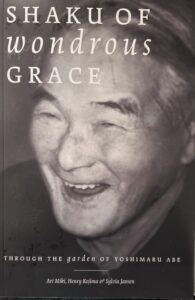
Shaku of Wondrous Grace: Through the Garden of Yoshimaru Abe (2007)
By Art Miki, Henry Kojima, & Sylvia Jansen
Among the stories of brave Japanese Canadians who helped shape us, is that of Yoshimaru Abe. A respected Winnipeg builder, artist, and gardener of our celebrated Japanese Gardens; Abe was an active citizen in his communities his whole life. To many Japanese Canadians across the country, he was fondly known as Abe-san.
His inspiration is to live creatively and with profound meaning. His invitation is to learn the garden, in all the garden truly represents.
Publication is out of print and no longer available.
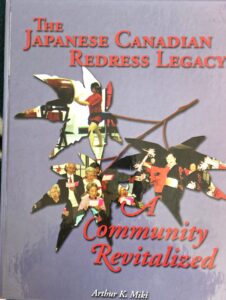
Shaku Of Wondrous Grace: Through The Garden Of Yoshimaru Abe (2003)
By Art Miki
The period between the signing of the Japanese Canadian Redress Agreement and the termination of the Japanese Canadian Redress Foundation has had a significant impact on the revitalization of Japanese Canadian communities across Canada. Although the scars of the internment, forced dispersal and violation of human rights remain, the Community Fund has contributed to the healing of the Japanese Canadian psyche.
What has emerged is a new sense of pride in our heritage, development of artistic and literary talents, and construction of new facilities for seniors and future generations.
The book will serve as a reminder of the many accomplishments and successes achieved by the National Association of Japanese Canadians, Japanese Canadian Redress Foundation and the many Japanese Canadian organizations and individuals.
